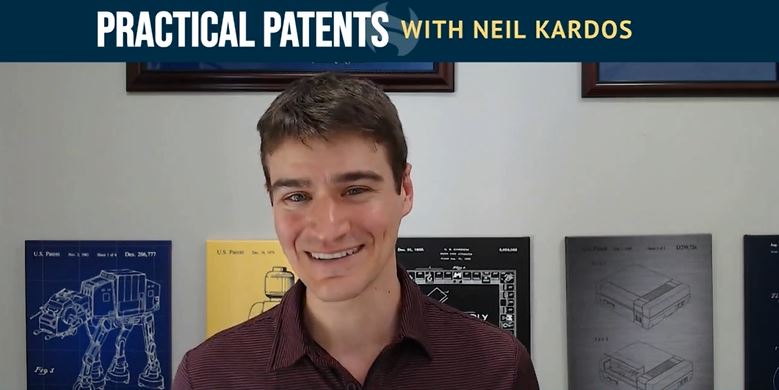Decoding the Art of Machine Learning Patents
In the dynamic and ever-changing world of machine learning (ML), creating a standout patent application is akin to solving a complex puzzle. It’s a landscape where innovation meets the challenge of differentiation. Neil Kardos offers insightful strategies to navigate this complexity, ensuring your ML patents are not just innovative but distinctively non-obvious.
The crux of patenting ML innovations lies in surpassing the “non-obviousness” threshold. This is where Neil’s expertise becomes invaluable, guiding inventors to develop patents that truly stand apart.
Strategy 1: Capitalizing on Unique Inputs
Neil highlights the significance of the inputs used in ML models. The key is in leveraging unconventional inputs that provide predictive insights. Imagine an ML model predicting consumer behavior based on seemingly unrelated data, like time spent in a car. These unique inputs can dramatically strengthen the non-obviousness of a patent application.
Strategy 2: Leveraging Outputs and Actions
The second strategy delves into the outputs of ML models and the subsequent actions they trigger. Neil suggests focusing on how these outputs, often probabilistic, can dictate varied actions at different confidence levels. This nuanced approach adds a layer of sophistication to your patent, exemplified by a navigation system that adjusts routes based on the ML model’s confidence levels.
Incorporating these strategies into your patent claims is essential. Neil advises that if these innovative approaches are central to your invention, they should be included in independent claims. However, if they are supplementary, consider adding them to dependent claims or the specification. This method ensures robustness during the patent prosecution process, especially against potential prior art challenges.
In the intricate dance of ML patenting, it’s the nuanced details and strategic claim drafting that make all the difference. With Neil’s guidance, your ML inventions can transcend the ordinary, securing a place in the ever-growing patent landscape.
Don’t forget to come back for more tips in the next installment of the Practical Patents Series. Until next time, happy patenting!
Note: This blog post is based on the opinions and observations of the author and should not be considered legal advice. Consult a qualified patent attorney for specific guidance on patent application drafting.
Want more tips? Check out other Practical Patents videos with Neil Kardos here!

